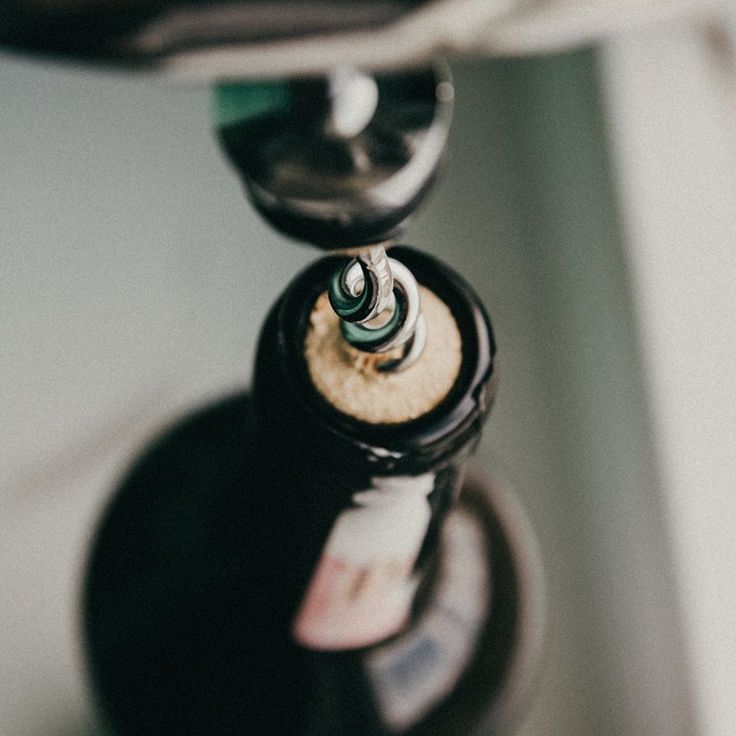
THE PERFECT UNCORKING
Cork is wine’s greatest ally. It keeps it alive throughout its aging process until the moment we open the bottle. We must be very careful

Cork is wine’s greatest ally. It keeps it alive throughout its aging process until the moment we open the bottle. We must be very careful
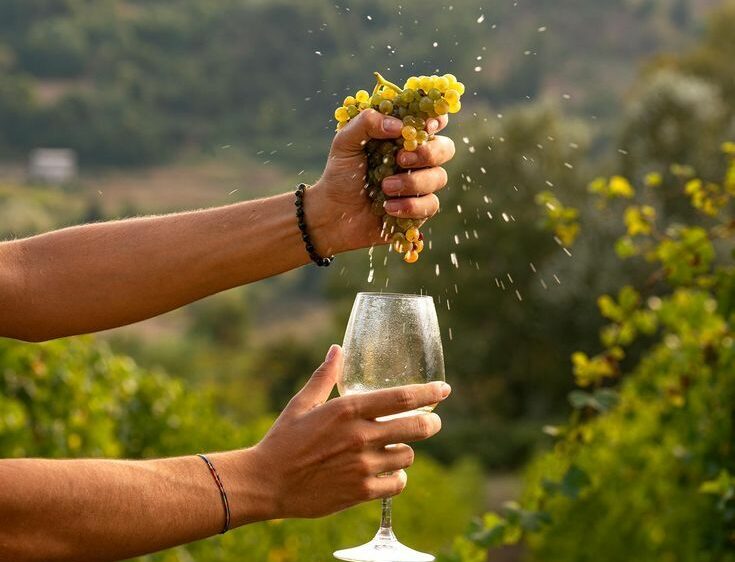
Albillo is one of the oldest white grape varieties on the Iberian Peninsula, cultivated for centuries due to its versatility and unique organoleptic characteristics. Despite

An Exclusive Gift for Your Guests: Personalized Gifts by PRADOREY When organizing a special celebration, every detail matters. Whether it’s a wedding, an anniversary, or

Who hasn’t been there? You uncork a bottle, pour a few glasses with the best of intentions, and… hmm, this doesn’t taste right. What happened
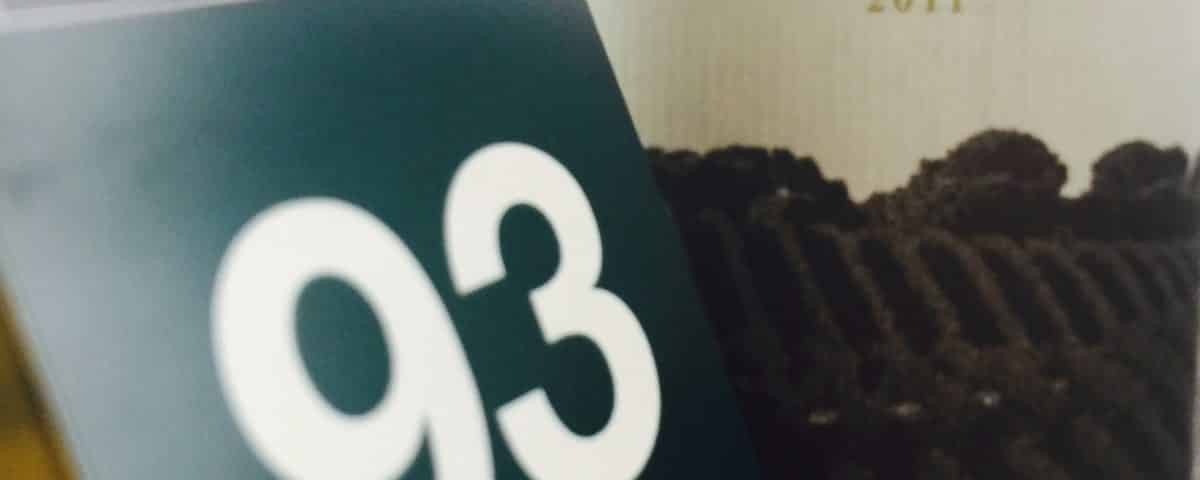
The New 2016 Guía Peñín Brings Outstanding Scores for Our Wines 12 out of the 14 references submitted for the new edition of the prestigious
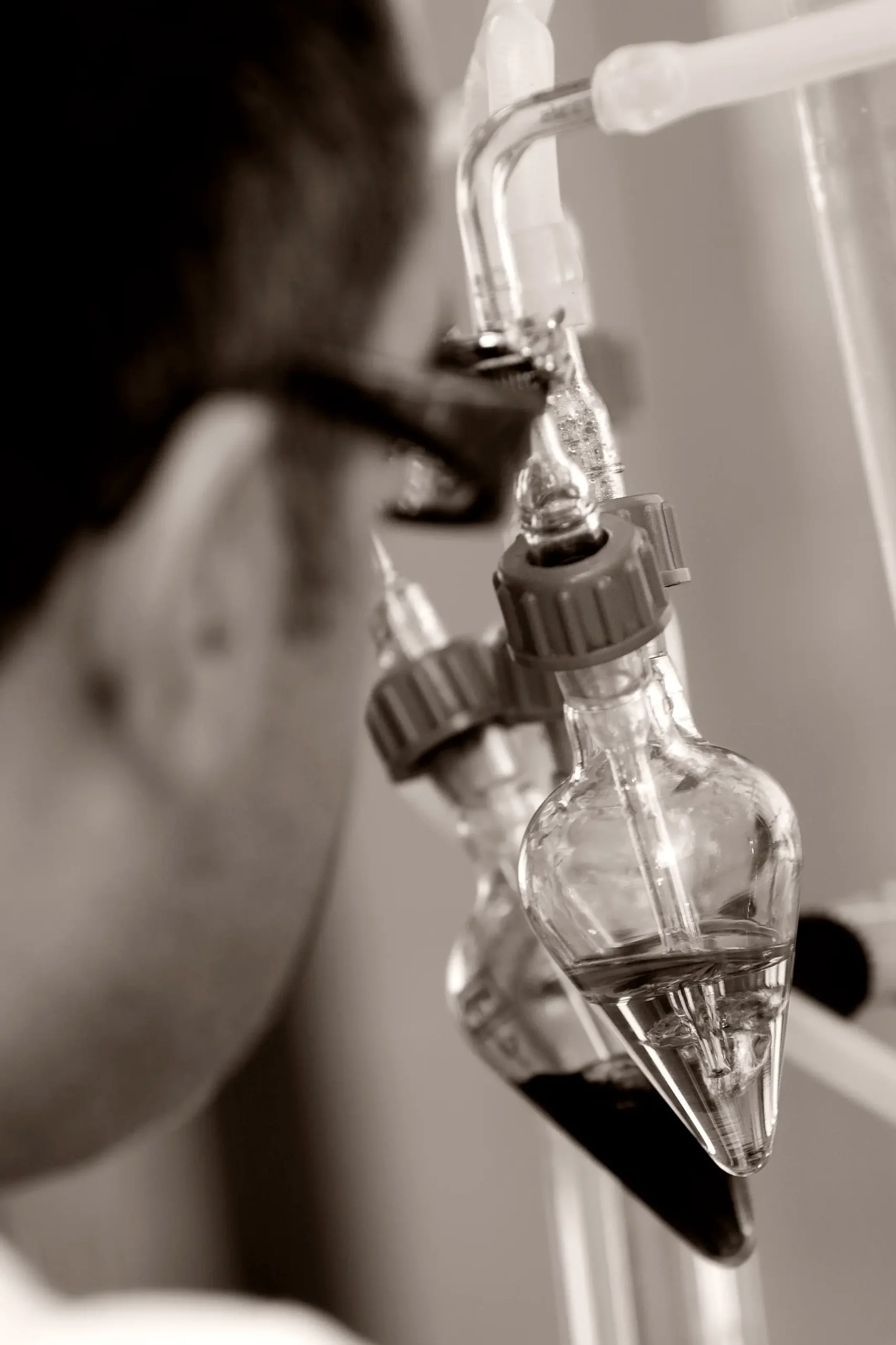
THE SCIENCE BEHIND THE BENEFITS OF OUR WINES At Bodegas Pradorey, our passion for wine goes beyond flavor and tradition. Science continues to support what
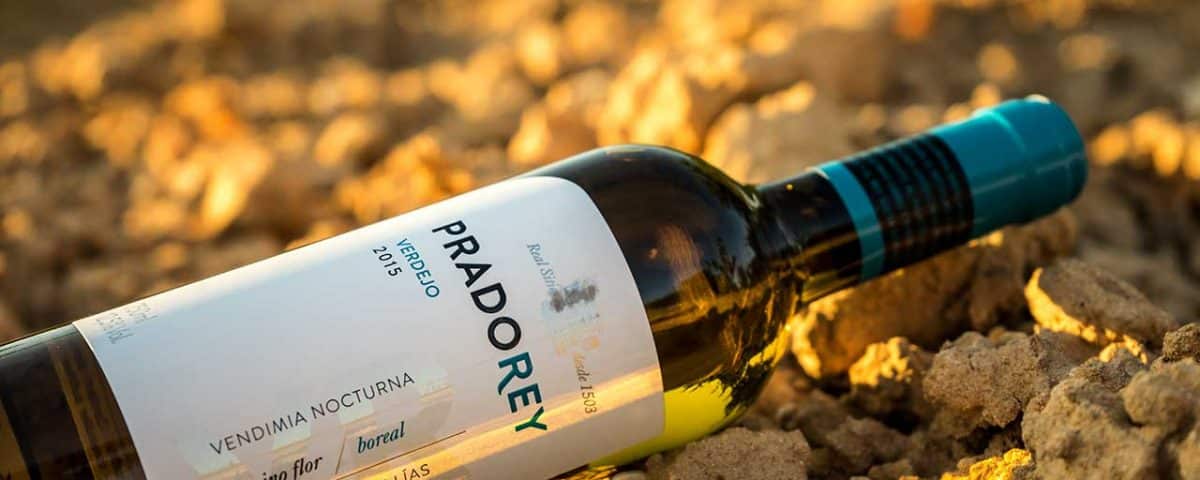
The new vintage of PRADOREY Verdejo will be released to the market under the Vinos de la Tierra de Castilla y León label. In this
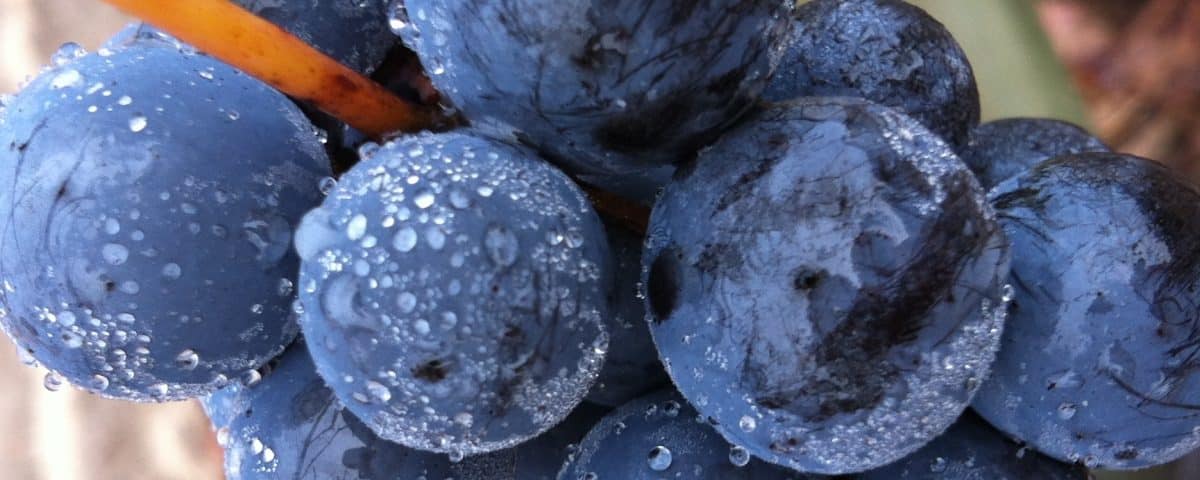
An Exceptional Harvest Rating Committee, composed of 9 of Spain’s top sommeliers, has awarded the 2015 harvest of the D.O. Ribera del Duero the rating
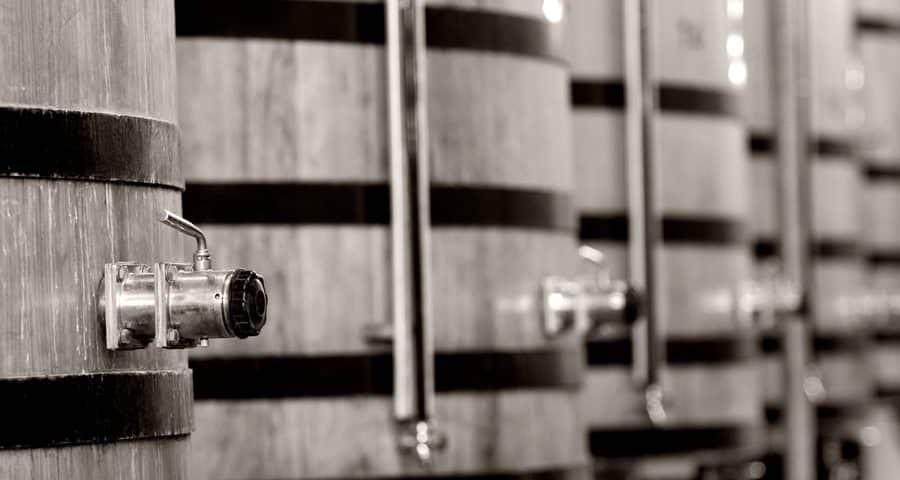
Commitment to Quality: The IFS Certification in Our Winery At Bodegas PRADOREY, quality and food safety have always been fundamental aspects of our work. To
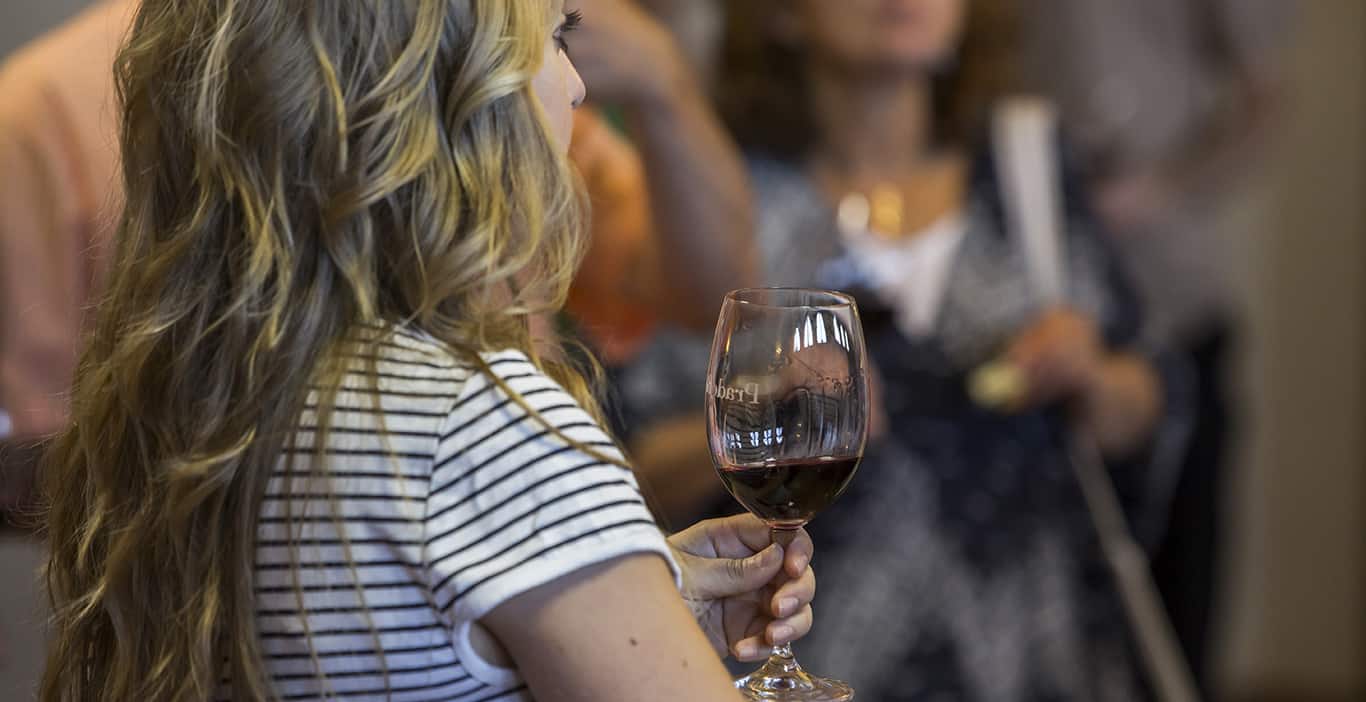
If we were all asked what wine is, many of us would say that it is a beverage made from grapes, either red or white.
Shop
MOST READ: